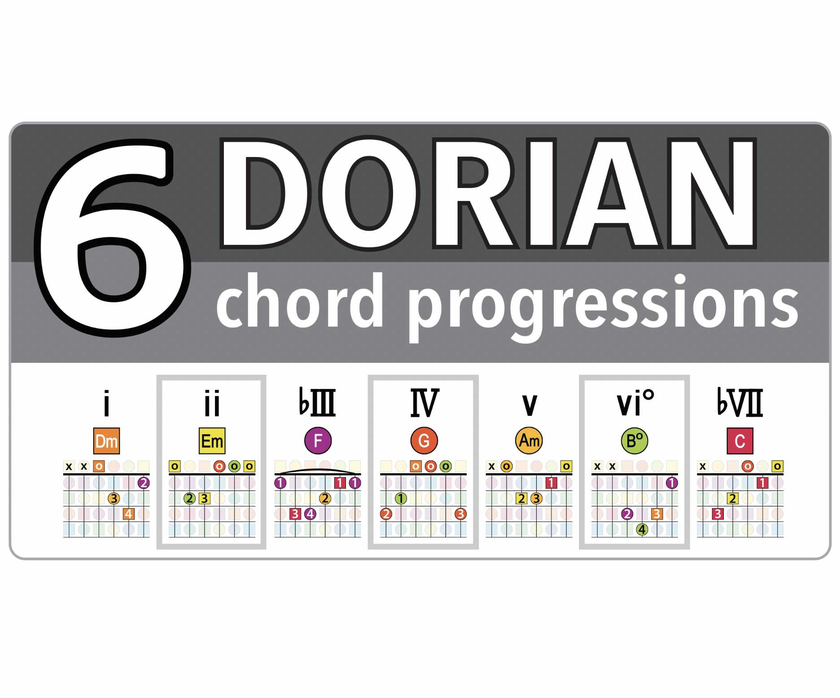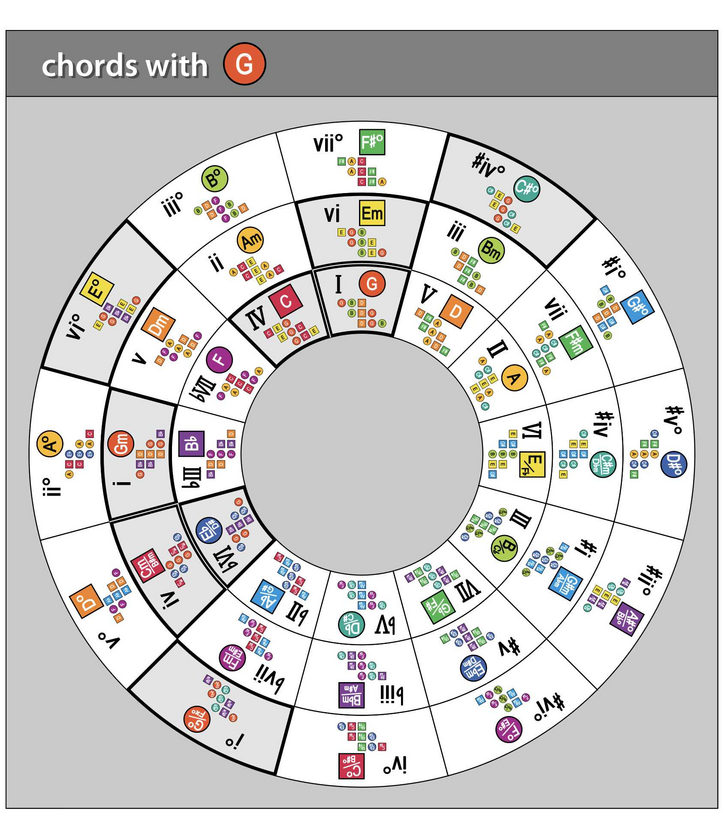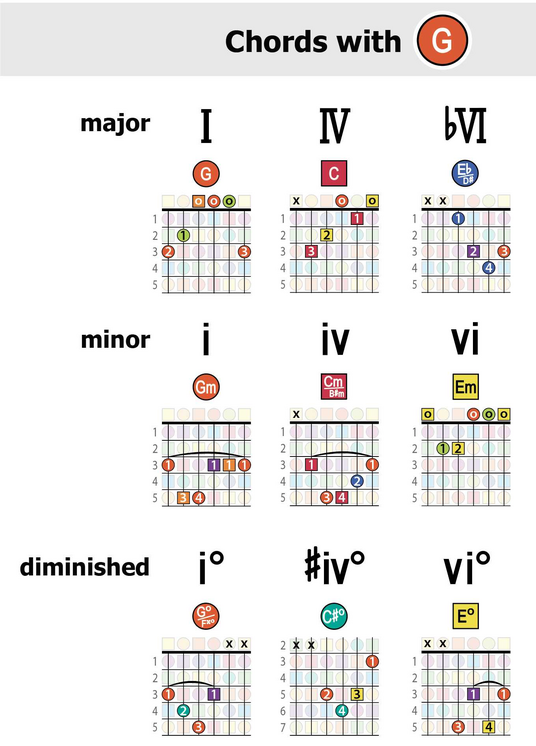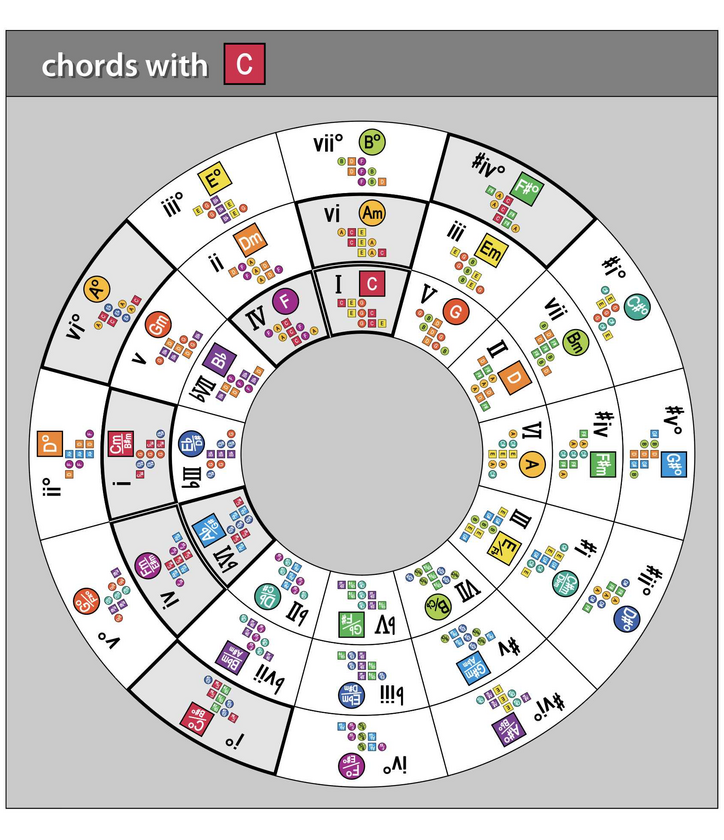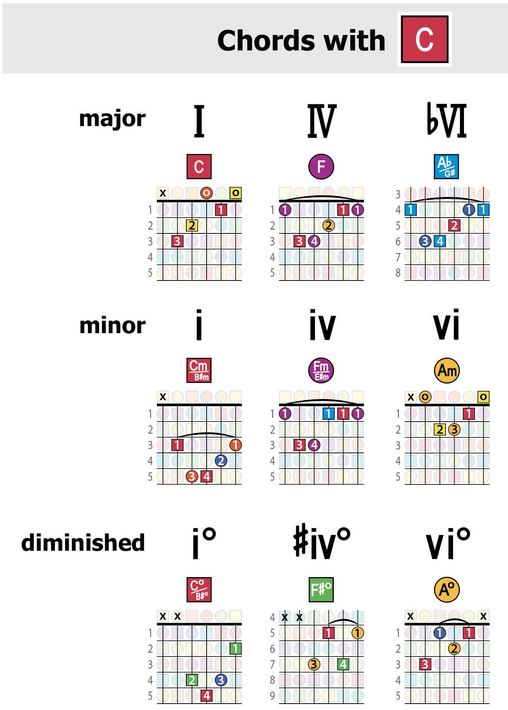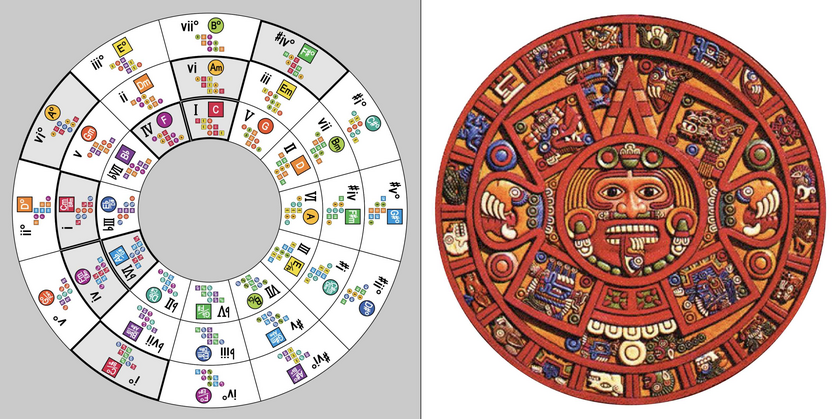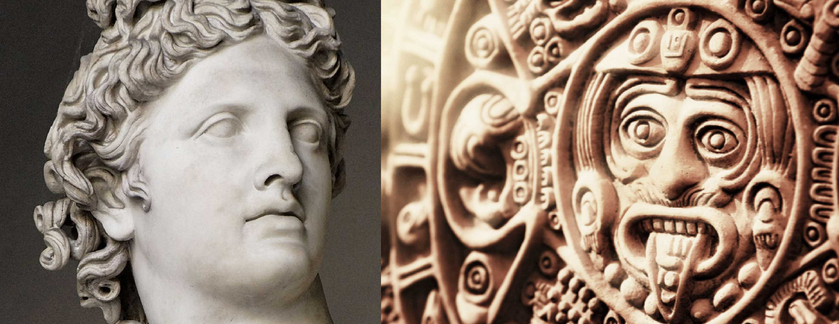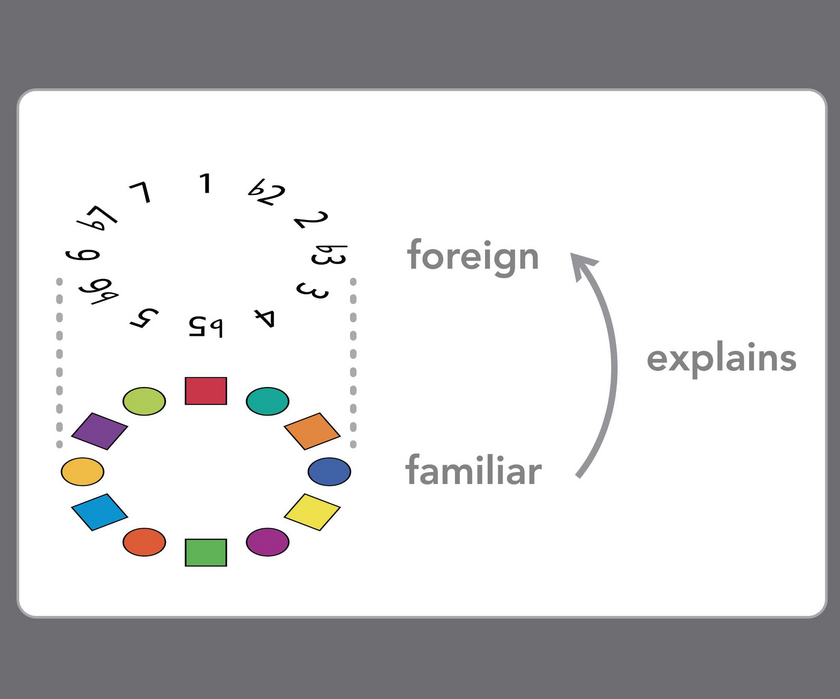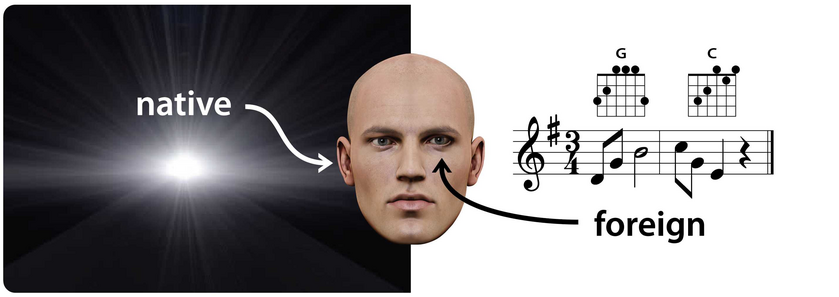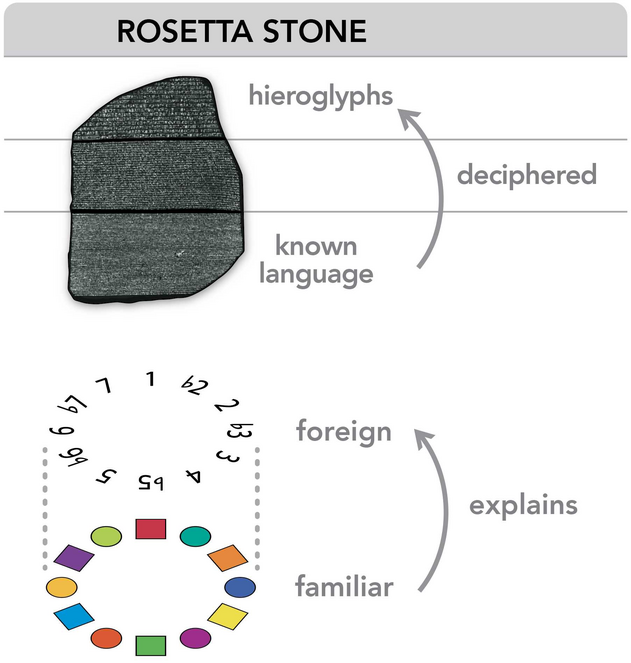Some of the best songs are written in the Dorian mode -- because this mode has such a nice, smoothe vibe.
In this video, I explain how Dorian is formed, and play through 6 examples of chord progressions built on this mode.
In any given key, Dorian is the second mode -- meaning it's built on the second degree of the underlying scale. Like this D Dorian pattern:
 It shares all of the same notes of its relative modes, but the interval pattern of each mode is distinct.
It shares all of the same notes of its relative modes, but the interval pattern of each mode is distinct.
 And what's cool is that these same modal patterns apply in all keys. For example, here are the 7 modes in the key of C -- called "parallel" modes when they all align like this:
And what's cool is that these same modal patterns apply in all keys. For example, here are the 7 modes in the key of C -- called "parallel" modes when they all align like this:
 Looking at the modes this way, it's easy to see how each pattern is distinct. And the most popular modes of all are the first, second, and sixth modes -- or Ionian, Dorian, and Aeolian, respectively. Where Dorian is sonically (and emotionally) somewhere between the happy-sounding Ionian and the more meloncholy Aeolian.
Looking at the modes this way, it's easy to see how each pattern is distinct. And the most popular modes of all are the first, second, and sixth modes -- or Ionian, Dorian, and Aeolian, respectively. Where Dorian is sonically (and emotionally) somewhere between the happy-sounding Ionian and the more meloncholy Aeolian.
Dorian is basically the same as the Aeolian mode, but with a distinctive raised sixth, which gives it a wistful kind of feeling.
 To build chords within the Dorian mode, you just start of respective scale degree and then combine every other note -- to form 7 harmonies, like these in the key of D:
To build chords within the Dorian mode, you just start of respective scale degree and then combine every other note -- to form 7 harmonies, like these in the key of D:
